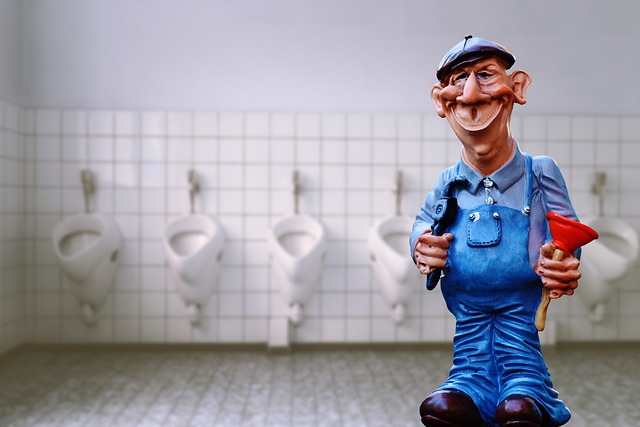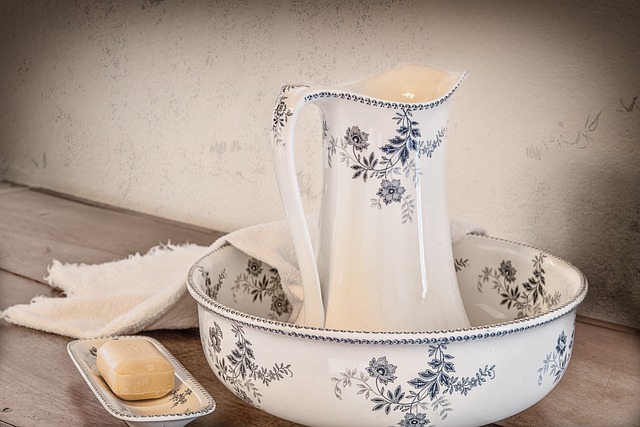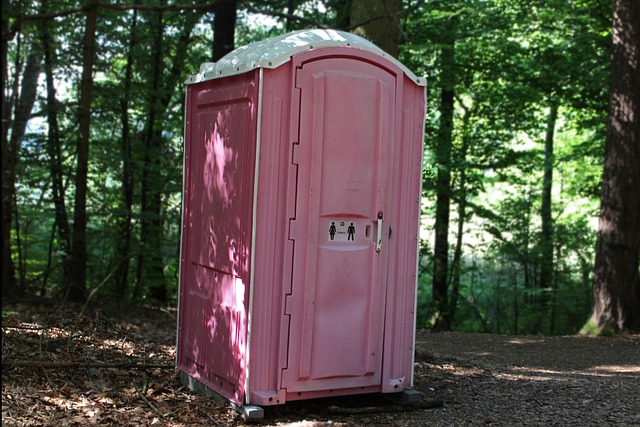Toilet clogs can be partial or complete, caused by everyday items or foreign objects. Use simple tools like a plunger and baking soda/vinegar for minor issues. For severe clogs, employ advanced equipment like snakes and chemical cleaners. Gather essential supplies (plunger, long-handled pliers) before attempting to unclog. Follow steps: mix baking soda & hot water, let sit 30 min, then plunger up-down motions. Rinse and repeat until toilet is clear.
Are you tired of dealing with stubborn toilet clogs? This ultimate guide is your go-to solution for clearing even the toughest clogs. We’ll break down the causes and types of toilet backups, equip you with essential tools and materials, and provide a step-by-step process to restore smooth drainage. Learn effective techniques to tackle various clog scenarios and bid farewell to plumbing headaches. Discover the secrets to becoming your own superhero when it comes to unclogging a toilet.
- Understanding Toilet Clogs: Causes and Types
- Essential Tools and Materials for Unclogging
- Step-by-Step Guide to Clearing Any Blockage
Understanding Toilet Clogs: Causes and Types

Toilet clogs can be frustrating and mysterious, but understanding their causes is the first step in learning how to unclog a toilet effectively. Clogs fall into two main categories: partial and complete. Partial clogs are caused by items like toilet paper, feminine hygiene products, or even hair that build up in the drain over time. These can often be addressed with a plunger or simple home remedies like baking soda and vinegar.
Complete toilet clogs, on the other hand, involve obstructions that fully block the drainage system. This could be due to hard-to-remove items like foreign objects, grease buildup, or even root intrusion from nearby trees. In such cases, more advanced tools like a snake (a flexible metal cable) or chemical drain cleaners might be required to break up and remove the clog, ensuring smooth drainage once again.
Essential Tools and Materials for Unclogging

Unclogging a toilet can be a common household chore, but having the right tools and materials makes the process much smoother. The ultimate guide to clearing even the toughest clogs recommends gathering a few essential items from your home or purchasing them at a local hardware store.
First and foremost, you’ll need a plunger designed specifically for toilets. A quality toilet plunger has a sealed seal to prevent water from splashing out while creating enough suction to dislodge blockages. Additionally, having a set of pliers with long handles can be useful for gripping and removing hard-to-reach objects. Never attempt to unclog a toilet without these essential tools and materials at your disposal.
Step-by-Step Guide to Clearing Any Blockage

Unclogging a toilet can seem like a daunting task, but with a few simple steps, you can clear even the toughest clogs. First, gather your tools: a plunger (a traditional method that applies pressure to dislodge blockages), hot water (to help dissolve fat and grease), and baking soda (an effective natural cleaner). Start by pouring about 1 cup of baking soda down the drain followed by a cup of hot water. Let this mixture sit for 30 minutes, giving any built-up residue time to dissolve. Then, use the plunger, creating up-and-down movements to build pressure and force the clog out. If the initial attempt doesn’t work, try running more hot water down the drain to flush out any remaining debris. Repeat this process if necessary until the toilet is clear.
Unclogging a toilet may seem like a daunting task, but with the right knowledge and tools, it can be easily managed. By understanding the causes of various clogs and arming yourself with essential unblocking materials, you’re well-prepared to tackle even the toughest situations. Follow our step-by-step guide, and you’ll become a toilet backup hero, ready to clear any blockage in no time!
